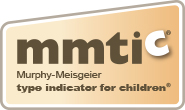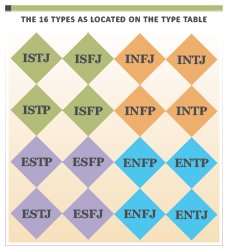
Small, Sequential Steps for the Sensing Preference: Type Tip #19
Use small, sequential steps when creating or structuring directions for students who prefer Sensing rather than compound or complex sentences. For example, instead of writing "Name all the vegetables that are native to the area, and tell how the local people use these to survive, and identify how else they might make a living" write the task as three separate sentences. "Name all the vegetables that are native to the area. Tell how the local people use the native vegetables to survive. Identify how else the local people might make a living." Young people with a preference for Sensing have said the first way is "confusing" but the second way is "clear." The work is the same. This same approach works well when giving directions at home, too.



_thumb.png)













